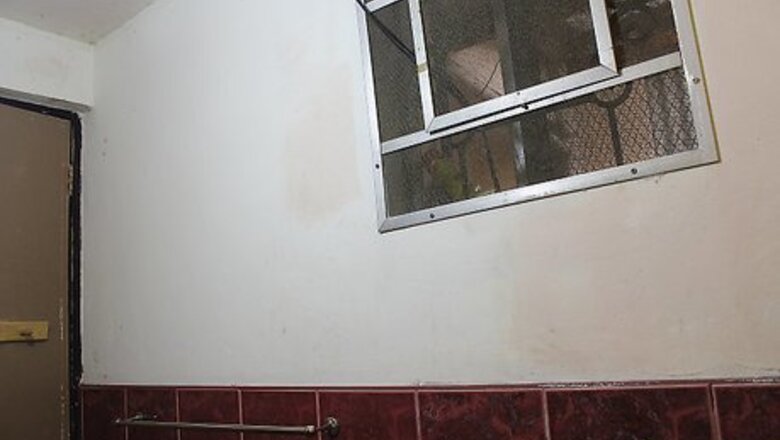
views
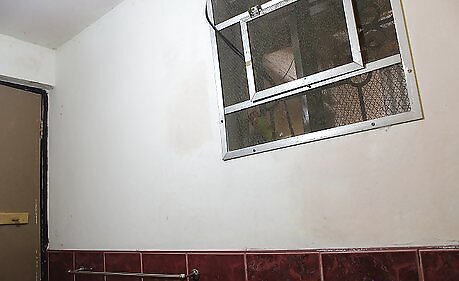
Prepare the room where you will be painting by removing all furniture (if possible) and other obstacles. It's important in the process of knowing how to rag paint a wall to have a clear work area.

Cover the floor and any large furniture (like couches) that cannot be removed from the room with plastic drop cloths.
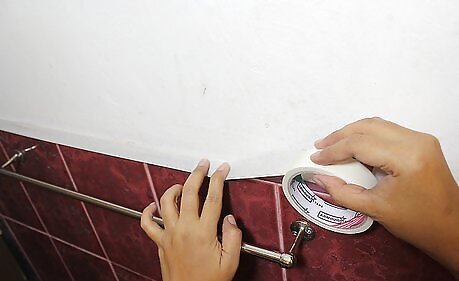
Tape edges of the areas you do not wish to be painted to protect the areas from paint splatters and brush edges.
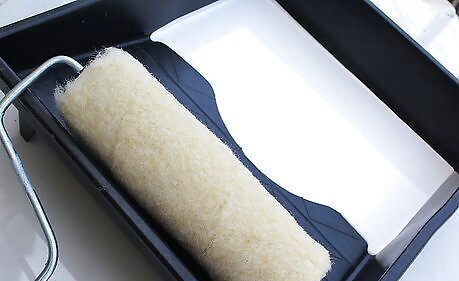
Pour paint for the base color into a paint tray. Use latex paint for the base color. This type of paint is easy to work with and to clean up and will provide a smooth base underneath the rag pattern. The base color latex paint is usually a lighter shade, so the glaze color that is rolled on top with the rag will stand out on top of the base coat.
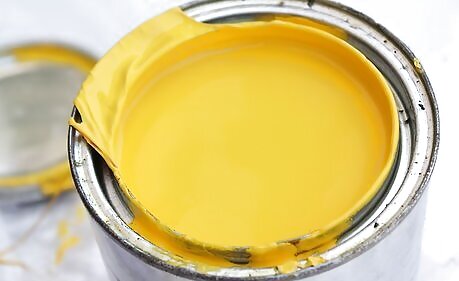
Mix the paint for the glaze that will be applied with a rag. To prepare, use a separate paint bucket and mix the latex paint with a glaze that is water-based. The glaze will give the wall a soft look and add a sheen.
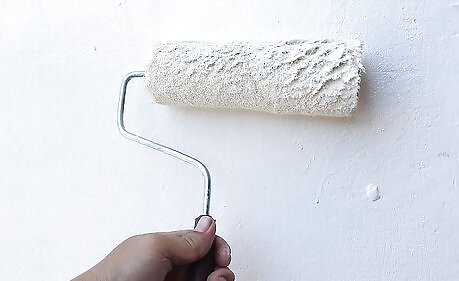
Roll the base color latex paint on the walls, covering the walls completely. Allow to dry for 24 hours before adding the rag glaze.
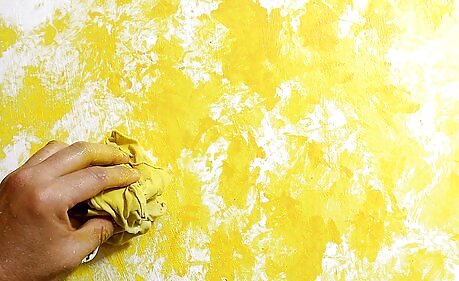
Apply the glaze paint with a rag. Moisten the rag slightly with water and then dip it into the glaze. Dab the rag onto the wall, making a pattern. Go back in with another rag to dab off excess paint to change the pattern. Experiment.

Allow glaze paint to dry.
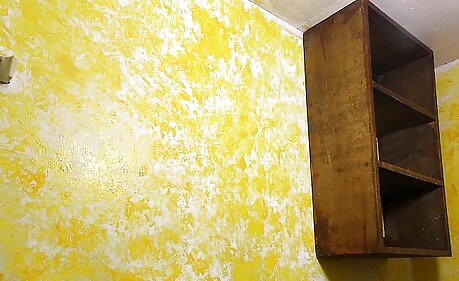
Wash out rollers and brushes, remove drop cloths, and return furniture to the newly rag-painted room. You can use a color meter to match an existing paint color. It reads the color on your wall and provides scientific data about the color. It also tells the paint colors closest to the scanned color. If you want to match for a touch-up, you can take a quarter-sized piece of the sheetrock face to a paint store. Most stores can scan the sample and match it. They can manipulate the color but cannot adjust the sheen or the degree to which the finish is matte or shiny.
















Comments
0 comment